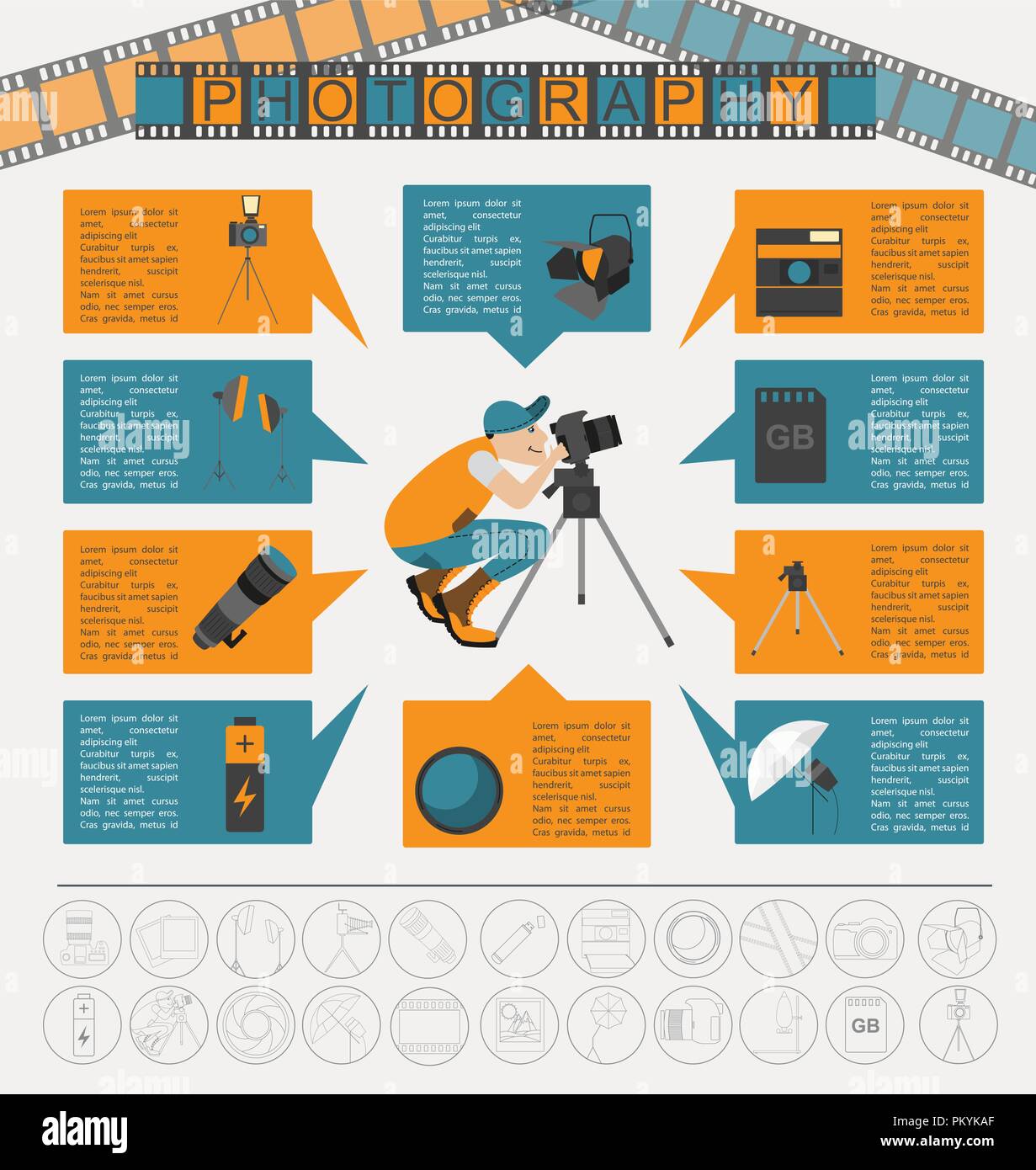Discover The Critical Duty Of Lighting In Digital Photography And Discover Methods That Could Change Your Images-- What Secrets Will You Uncover?
Discover The Critical Duty Of Lighting In Digital Photography And Discover Methods That Could Change Your Images-- What Secrets Will You Uncover?
Blog Article
Produced By-Mohammad Phelps
When you get your electronic camera, you might not realize how critical illumination remains in forming your images. It can transform a normal scene into something remarkable, influencing not simply the clarity yet also the state of mind of your photographs. Comprehending the complexities of light-- its direction, top quality, and shade-- can boost your work to new heights. But exactly how do you grasp these elements efficiently? Exploring different lighting methods and trying out different arrangements could be the secret to unlocking your complete possibility as a professional photographer. Let's explore what makes light not simply needed, yet crucial.
The Role of Light in Photography
Light's influence on photography can not be overstated; it forms the state of mind, highlights information, and creates deepness in your photos. When you get your cam, consider exactly how light communicates with your topic. The direction and top quality of light can either improve or decrease the components you want to catch.
For example, soft, diffused light can produce a fanciful ambience, while severe, direct light can generate plain contrasts and sharp darkness.
As you experiment, notice exactly how different times of day influence your shots. Early morning and late afternoon frequently provide one of the most flattering light, known as the "gold hour." This cozy light can develop sensational impacts that attract customers in.
Alternatively, shooting at noon can cause unflattering darkness, so keep that in mind.
Additionally, consider Company headshots of light. All-natural light varies throughout the day, and artificial source of lights can introduce various tones to your scenes.
Changing your white equilibrium can assist you accomplish the preferred impact. Inevitably, recognizing the function of light will certainly change your photography, enabling you to tell tales and evoke feelings with every picture you capture.
Types of Lighting Techniques
Typically, digital photographers rely upon various illumination strategies to achieve their preferred results and boost their images. Comprehending these methods permits you to adjust light artistically, making a substantial distinction in your digital photography.
One popular technique is natural lighting, where you make use of sunlight to brighten your topic. This technique can develop soft, lovely shadows and highlights, especially throughout the gold hour-- soon after dawn or prior to sunset.
Another strategy is using synthetic lights, which includes workshop lights, speedlights, or LED panels. You can manage the strength and instructions of the light, permitting a lot more precise results.
just click the next web page is one more effective technique; placing the light source behind your subject can develop a striking shape or highlight edges, including depth to your pictures.
http://rhonda4faustino.xtgem.com/__xt_blog/__xtblog_entry/__xtblog_entry/37575093-find-out-how-to-choose-the-perfect-electronic-camera-tailored-to-your-photography-design-and-requires-but-are-you-taking-into-consideration-all-the-crucial-elements?__xtblog_block_id=1#xt_blog could also explore high-key and low-key lighting designs. High-key lighting generates intense, uniformly lit images with very little darkness, while subtle lights stresses comparison and dramatization with deep shadows.
Each method has its toughness, and trying out them will help you locate your distinct design.
Tips for Mastering Lights
Understanding illumination can genuinely change your photography, so it's necessary to get a grasp on some practical pointers.
First, always take notice of the direction of light. Light coming from the side can develop depth, while front illumination tends to flatten your subject. Explore backlighting for remarkable silhouettes or to highlight appearances.
Next, take into consideration the high quality of light. visit our website , diffused light is typically extra flattering, particularly for portraits. You can attain this by shooting during gold hour or utilizing reflectors and diffusers to soften extreme sunshine.
Don't undervalue the power of shadows! They can include intrigue and dimension to your pictures. Attempt positioning your subject in a way that enables darkness to enhance the composition.
Likewise, adjust your video camera setups accordingly. Use a wider aperture for even more light in reduced conditions, however bear in mind deepness of field.
Lastly, method makes ideal. Take your camera out in different lighting conditions and experiment. The more you have fun with light, the far better you'll recognize how to use it to your advantage.
Master these pointers, and you'll raise your photography to brand-new elevations!
Conclusion
Mastering illumination is vital for raising your digital photography. By recognizing just how light influences your images, you can develop magnificent make-ups that communicate mood and deepness. Experiment with different methods and conditions, and don't shy away from using devices like reflectors and diffusers to boost your shots. With technique and a determination to find out, you'll find that controling light comes to be force of habit, enabling your creativity to radiate through in every photograph you take.
